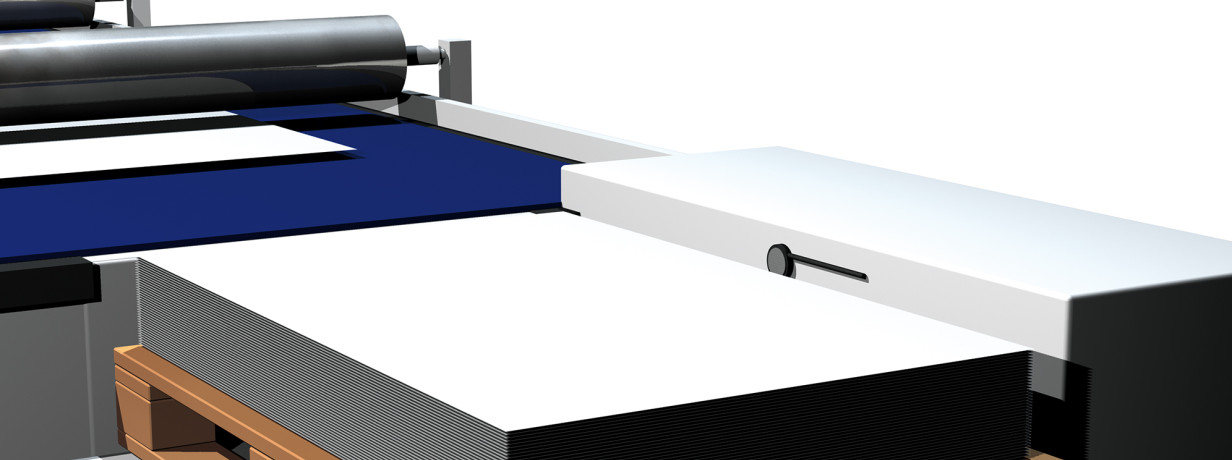Detecting – Non-metals
Using sensors to detect, record and position non-metallic objects

Do you need to reliably record or position non-metallic objects? To find the right solution for your needs, please answer the following questions: What distance to the object do I need? How much space do I have available for installation? What ambient conditions do I need to account for (elevated temperatures, moisture, oil, dirt, etc.)? This is how you select the right technology.
Application examples
Capacitive sensors detect the height of paper stacks or of other non-metallic materials. This ensures that the printing process runs smoothly. They prevent transport backups and ensure that there is a constant and consistent supply of material. Capacitive sensors require little space and need no additional components such as reflectors.
Photoelectric sensors check the presence of photovoltaic cells or similar objects as they are brought in for processing. In this way they support process continuity. Photoelectric sensors are simply to install and wear-free.
Sensor technologies
Various technologies can be used for detecting non-metallic objects depending on the application area:
Capacitive sensors for detecting the presence or level of almost any material and liquid at close range (< 50 mm)
Photoelectric sensors in diffuse, retro-reflective or through-beam technology for detecting virtually any object over great distances (> 50 mm) using light
Ultrasonic sensors for detecting virtually any object over greater distances (> 50 mm) using sound

 Products
Products
